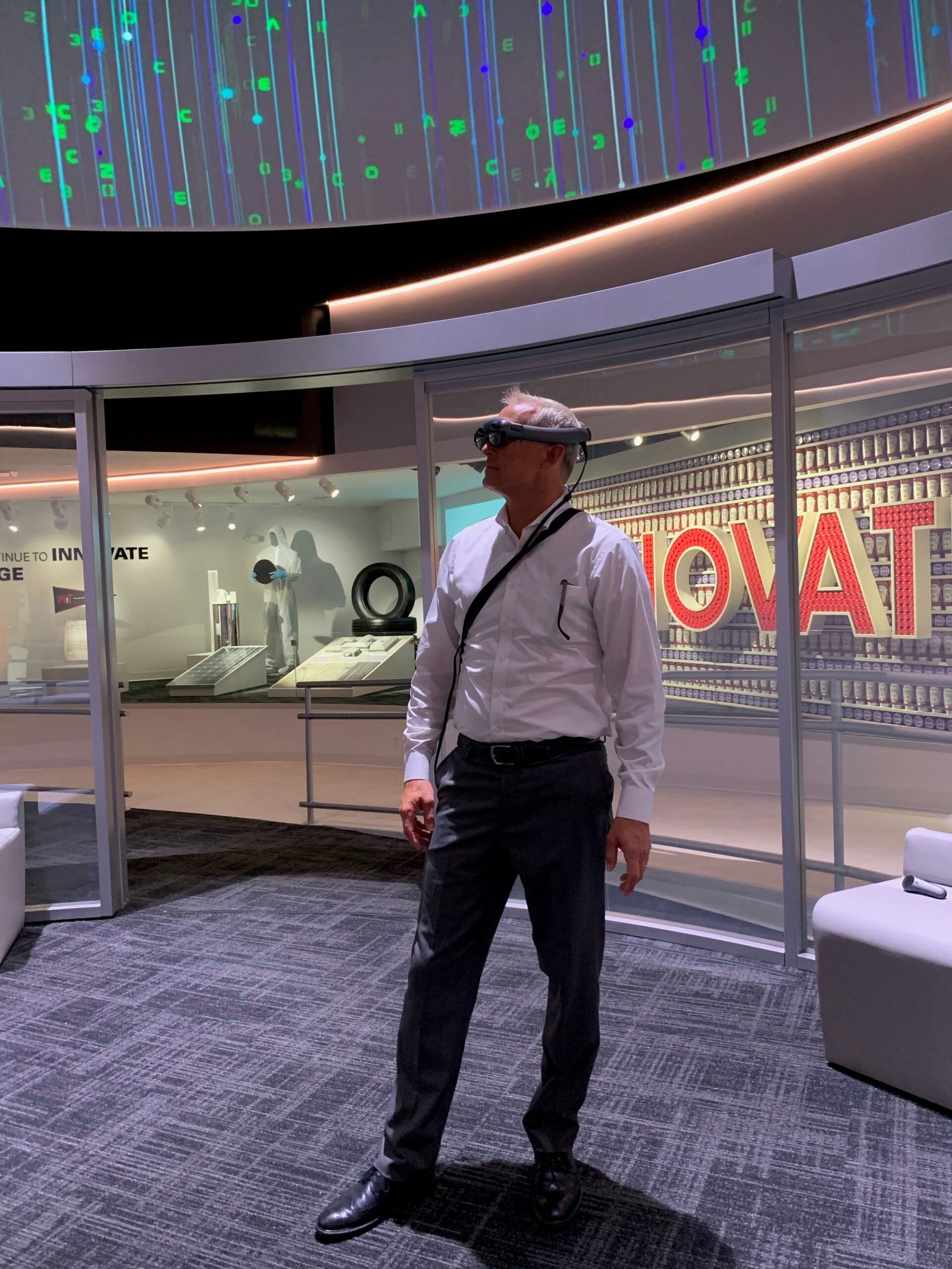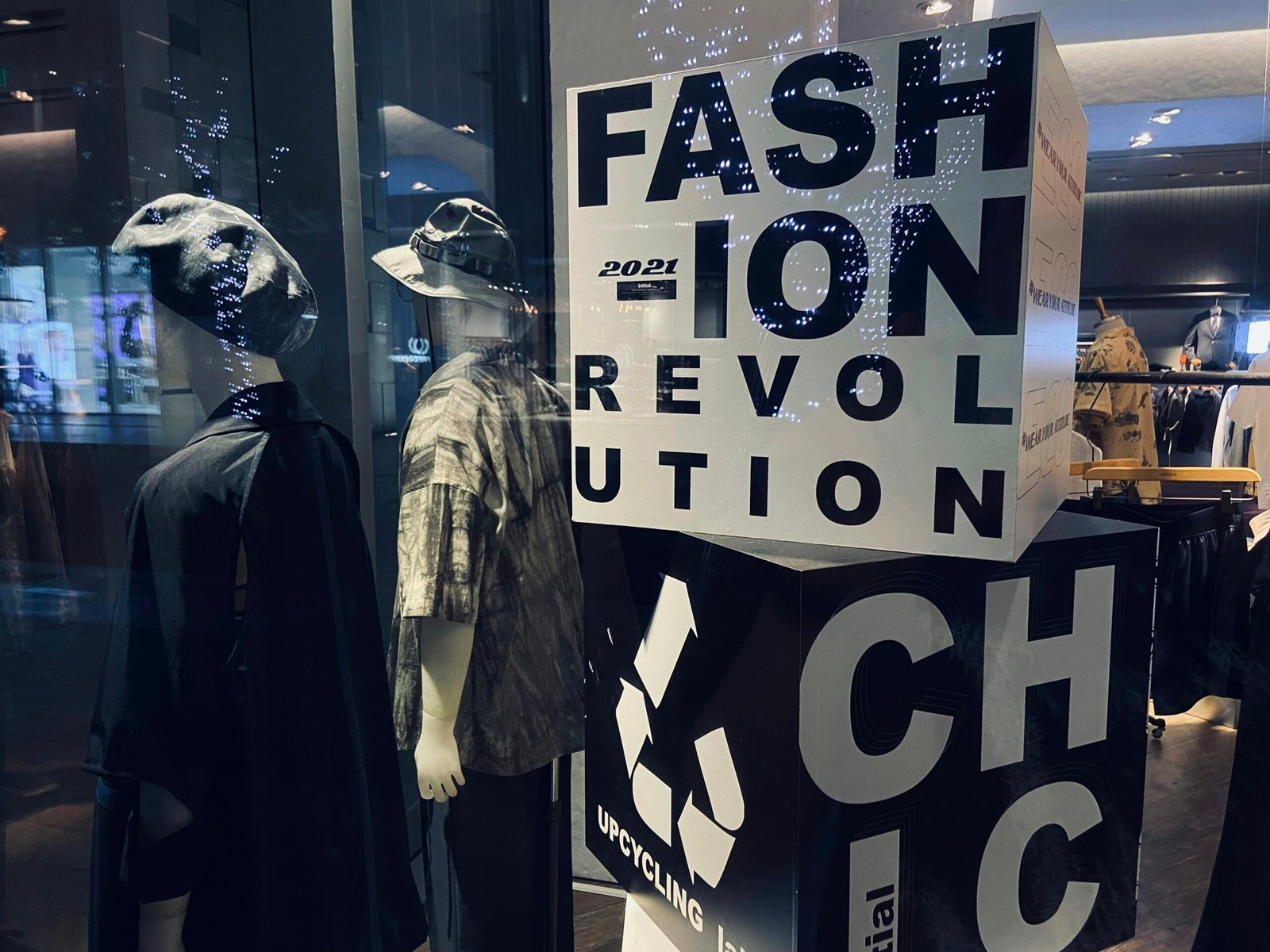Introduction to AI in Fashion
The integration of artificial intelligence (AI) in the fashion industry marks a significant transformation in how consumers engage with brands and make purchasing decisions. As shoppers increasingly seek personalized experiences, AI technologies offer a plethora of tools designed to enhance and streamline the shopping journey. Various applications such as data analytics, machine learning, and predictive modeling are at the forefront of this revolution, providing brands with valuable insights into consumer preferences and behaviors.
Data analytics plays a pivotal role in understanding customer trends, enabling brands to gather and analyze large sets of information regarding shopping patterns and preferences. By utilizing AI’s capabilities, fashion retailers can identify emerging trends, allowing for timely responses to the market. Machine learning, a subset of AI, takes this a step further by continuously learning from new data and improving recommendations based on individual user interactions. Consequently, AI algorithms refine their predictions over time, ensuring that recommendations become increasingly accurate and tailored to each consumer.
The rise of predictive modeling further enhances the personalization of fashion recommendations. Through sophisticated algorithms, brands predict what styles, sizes, and colors will appeal to specific customers, thus optimizing inventory management while minimizing waste. This predictive capability is critical in an industry where trends can change rapidly. Moreover, the increasing emphasis on personalization signifies a shift in shopping experiences—from merely transactional interactions to more engaging, customer-centric relationships. As consumers expect brands to cater to their unique tastes and preferences, AI is effectively addressing this demand, making personalized fashion recommendations not only feasible but essential.
How AI Algorithms Analyze Consumer Preferences
The rise of artificial intelligence (AI) has significantly transformed how the fashion industry approaches consumer preferences. AI algorithms now harness vast amounts of data to analyze and predict individual tastes and styles. Data collection is a pivotal first step in this process, utilizing various methods such as online browsing history, purchase patterns, and demographic information. These datasets provide a comprehensive view of consumer behavior, enabling fashion brands to tailor their offerings more effectively.
Machine learning, a subset of AI, plays a crucial role in identifying trends within this data, allowing algorithms to discern patterns that may not be immediately evident. For instance, by analyzing past purchases and browsing habits, machine learning models can identify which styles, colors, and fits resonate with individual customers. This process not only makes fashion recommendations more relevant to each user but also enhances overall customer satisfaction.
Moreover, AI algorithms employ complex models to predict future preferences based on current trends and user interactions. By continually analyzing new data, these algorithms adapt and refine their suggestions, ensuring that recommendations remain accurate and personalized. This predictive capability is essential in a dynamic industry like fashion, where trends can shift rapidly.
User feedback further enriches this analytical process. By collecting insights through measures such as ratings or direct user input, AI systems can learn from both successful and less successful recommendations. This feedback loop enables a continuous improvement cycle, where algorithms become increasingly adept at aligning with consumer preferences over time.
In summary, AI algorithms leverage extensive data collection, machine learning, and user feedback to effectively analyze consumer behavior, resulting in highly personalized fashion recommendations that cater to individual tastes. As a result, this technology not only enhances the shopping experience but also enables brands to foster stronger connections with their customers.
Case Studies: Successful AI Implementations in Fashion Retail
The integration of artificial intelligence (AI) in the fashion retail sector has led to significant advancements in personalized customer experiences. Major brands have effectively harnessed AI technologies, such as recommendation engines and chatbots, to enhance their offerings and engage their customers more deeply. This section explores notable examples of successful AI applications within the fashion industry.
One prime example is ASOS, an online fashion retailer that utilized AI-driven recommendation engines to enhance its shopping experience. By analyzing customer data and preferences, ASOS was able to tailor product suggestions. The results were impressive, with reports indicating that customers exposed to personalized recommendations demonstrated higher engagement rates and increased average order values. Such implementations not only drove conversions but also fostered customer loyalty, marking a significant achievement in ASOS’s sales performance.
Another significant case is Stitch Fix, a subscription-based personal styling service. Stitch Fix employs advanced algorithms and machine learning to curate personalized clothing selections for its clients. Stylists analyze customer feedback and preferences, while algorithms refine these choices, creating a unique blend of human intuition and artificial intelligence. This innovative approach has led to a measurable uptick in customer satisfaction and retention, demonstrating the effectiveness of AI technologies in facilitating personalized fashion recommendations.
Furthermore, the luxury fashion brand, Ralph Lauren, has adopted chatbots to improve customer engagement. Their AI-powered chatbot not only assists customers in navigating the product range but also learns from interactions to refine its recommendations over time. This initiative has resulted in improved customer service efficacy and has significantly enhanced the shopping experience, marking a crucial move toward integrating technology with personal touch.
Overall, these case studies exemplify how leading fashion retailers have successfully implemented AI tools, resulting in optimized customer experiences, greater engagement, and increased sales growth. Through strategic applications of technology, these brands are transforming the landscape of fashion retail by delivering personalization at scale.
The Future of Fashion: Trends and Challenges in AI Personalization
The fashion industry is undergoing a significant transformation with the integration of artificial intelligence (AI) into personalized shopping experiences. As AI technology continues to evolve, we can expect several trends to emerge that will reshape how consumers interact with fashion brands. One notable trend is the increasing use of machine learning algorithms to analyze consumer behavior and preferences. This technology will enable retailers to provide highly tailored recommendations, thus enhancing the likelihood of conversion and customer satisfaction.
Moreover, augmented reality (AR) tools powered by AI are likely to become commonplace, allowing customers to virtually try on clothes and accessories before making a purchase. This innovation will not only elevate the online shopping experience but will also reduce return rates, benefiting both consumers and retailers. The combination of AI and AR can create immersive experiences, allowing brands to engage consumers in new and exciting ways.
Despite these promising advancements, the integration of AI in fashion is not without its challenges. Data privacy remains a primary concern as brands collect vast amounts of personal information to personalize shopping experiences. The implementation of stringent data protection regulations will be crucial to ensure that consumer information is handled responsibly and ethically. Additionally, fashion companies will need to navigate the complexities of ethical AI practices, ensuring that their algorithms do not perpetuate biases or inconsistencies in fashion representation.
Finally, while AI can greatly enhance the efficiency of fashion retail, finding the right balance between automation and the human touch is vital. The emotional connection consumers have with fashion often stems from personal interactions with stylists or brand representatives. Thus, fashion retailers must remain focused on maintaining a personalized service that AI solutions can augment rather than replace entirely. The future of personalized fashion recommendations may very well depend on this delicate equilibrium.









